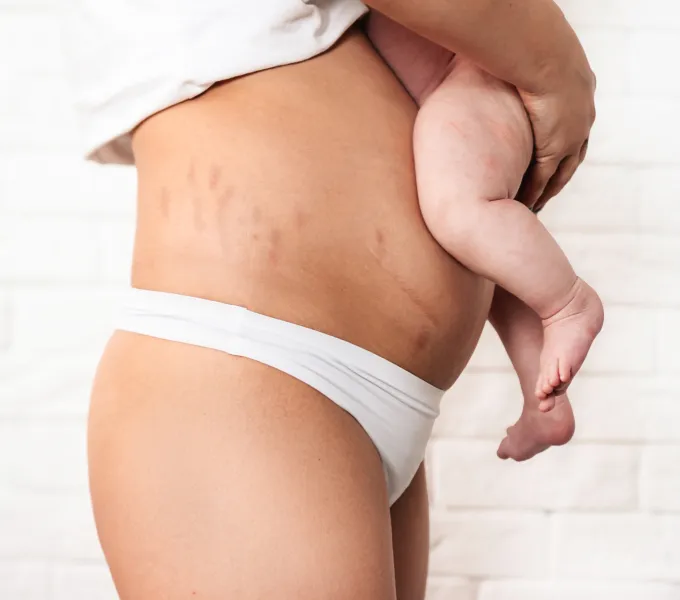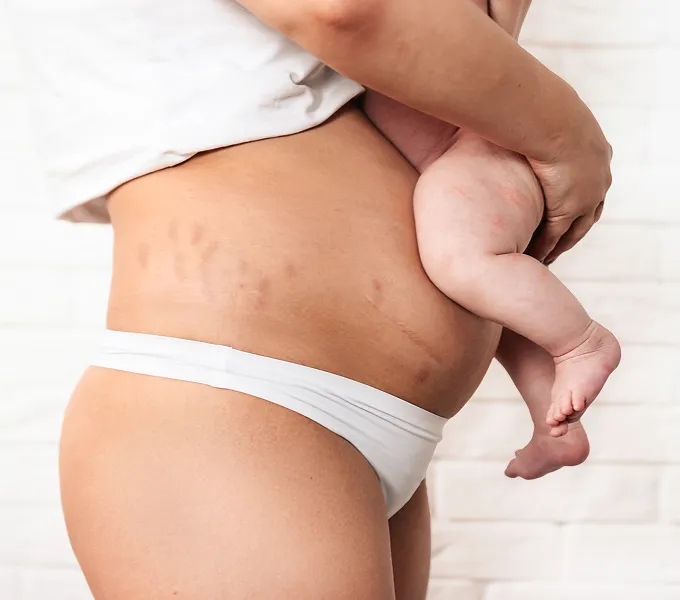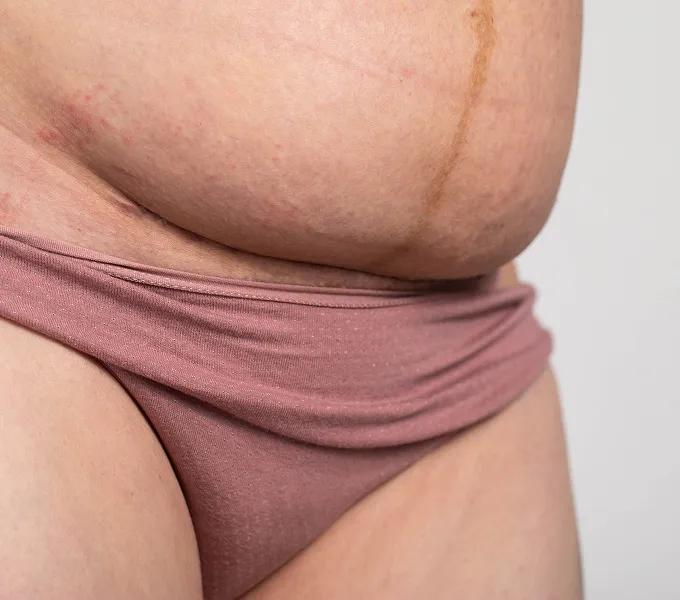
How to Choose the Best Baby Carrier or Wrap for Your Body
Wearing your baby is a wonderful way to bond with your little one. Baby’s get to be close to their caregiver and it can feel similar to womb-life, depending on the type of carrier you use. Moms and caregivers also get the added convenience of having their hands free.
Figuring out which wrap or carrier works for you is less convenient. First, you have choose a type — a structured carrier or a wrap? A ring sling or a pre-wrapped holder? Then, you have to sort through the bells-and-whistles within each category: mesh, organic, cross-carry, pockets, newborn accessories (oh, my!).
So, how do you get started?
“Every body is different and just because your friend LOVED one carrier does not mean it’s the right fit for you,” says Origin’s Clinical Director Dr. Sarah Clampett, PT, DPT. “Pick a carrier that puts your body in the best position and posture.”
Here’s how to tell if the carrier fits you well at any stage: “Your baby’s weight should be distributed evenly in the carrier and you should not feel pressure on one side of your body or the other,” says Dr. Clampett. “Your baby should be snug, but not tight against your body, and you should be able to look down and touch the top of their head with the tip of your nose or chin without straining your neck. This is important — no fabric or other part of the carrier (buckle, ring, etc) should be blocking your baby’s head, airways or pressing into them.”
You can start wearing your baby as soon as you feel ready. If you feel pressure in your pelvis or have increased bleeding, it’s too soon. Wait another week as things are healing internally and then try again. Dr. Clampett suggests opting for a ring sling or wrap if you’ve had a C-section because structured carriers can rub against the scar.
Once you’re ready, you’ll want to start with a stretchy wrap — either a pre-wrapped holder (like a K’tan) or a long piece of fabric (like a Solly or a Moby). If you’re wrapping with the latter, a “newborn hug hold” will allow you to snug your little one right in.

Wraps are light and breathable, making them perfect for warmer climates and summer months. They can also be much more comfortable for both mama and baby because they hug your baby right to your body. “These carriers tend to work better for mamas with shorter torsos,” says Dr. Clampett, “because they distribute the weight more evenly.”
A stretchy wrap — like a Moby or Solly — will work until your baby is about 11-13 pounds. At that point, the stretch takes away some of your support. This can cause back pain. If you like wrapping, consider moving onto a woven wrap, which has no stretch, making it more supportive. You can wrap many different ways, on your front, on your back, on your side and more — here are six ways.
If wrapping isn’t your thing (we get it!) and a structured carrier looks appealing or you want to do both, consider an Ergo Baby. “We love this one because it provides a lot of support for mama and baby,” says Dr. Clampett. “The straps and the structure of the carrier take most of the load out of the low back and shoulders and distribute the weight evenly across the hips, which are anatomically designed to carry such a load.”

Another carrier to consider is the Tula Free-To-Grow carrier, which adjusts in a variety of ways to solidify the right fit — and works for multiple bodies whether it’s yours, a partner’s or a caregiver’s. Bonus: the pocket on the waistband is large enough to fit the biggest cell phones, keys, Chapstick, credit cards and your ID or a spare diaper.
Not sure if you have the right fit? A physical therapist can help dial in the fit virtually or in person.




